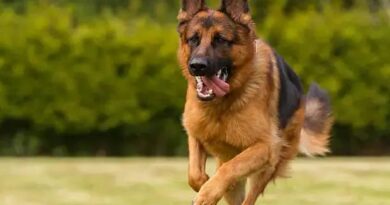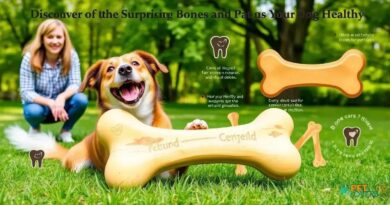What is: Brushing dog teeth
What is Brushing Dog Teeth?
Brushing dog teeth refers to the practice of cleaning a dog’s teeth using a toothbrush and toothpaste specifically designed for canine dental care. This essential aspect of pet hygiene helps prevent dental diseases, bad breath, and other health issues that can arise from poor oral hygiene. Regular brushing can significantly improve your dog’s overall health and well-being, making it a vital routine for responsible pet owners.
The Importance of Dental Care for Dogs
Dental care for dogs is crucial as it directly impacts their health. Just like humans, dogs can suffer from plaque buildup, tartar formation, and gum disease if their teeth are not properly maintained. These conditions can lead to pain, tooth loss, and even systemic health issues affecting the heart, liver, and kidneys. By brushing your dog’s teeth regularly, you can help mitigate these risks and promote a healthier, happier life for your furry friend.
Choosing the Right Toothbrush and Toothpaste
When it comes to brushing dog teeth, selecting the appropriate toothbrush and toothpaste is essential. Dog-specific toothbrushes often have softer bristles and angled heads to reach all areas of the mouth comfortably. Additionally, using toothpaste formulated for dogs is crucial, as human toothpaste can contain ingredients harmful to pets. Look for flavors that appeal to your dog, such as poultry or peanut butter, to make the experience more enjoyable for them.
How Often Should You Brush Your Dog’s Teeth?
Ideally, you should brush your dog’s teeth daily to maintain optimal dental health. However, if daily brushing is not feasible, aim for at least two to three times a week. Consistency is key, as regular brushing helps prevent plaque buildup and keeps your dog’s mouth healthy. Establishing a routine early on can help your dog become accustomed to the process, making it easier for both of you over time.
Steps to Brush Your Dog’s Teeth
Brushing your dog’s teeth may seem daunting at first, but following a few simple steps can make the process smoother. Start by allowing your dog to sniff and taste the toothpaste. Next, gently lift their lip to expose the teeth and gums, and begin brushing in a circular motion, focusing on the outer surfaces. Be sure to reward your dog with praise or treats to create a positive association with tooth brushing.
Signs of Dental Problems in Dogs
As a responsible pet owner, it’s essential to recognize the signs of dental problems in dogs. Common indicators include bad breath, difficulty eating, swollen or bleeding gums, and excessive drooling. If you notice any of these symptoms, it’s crucial to consult your veterinarian for a thorough dental examination and appropriate treatment. Early intervention can prevent more severe health issues down the line.
Professional Dental Cleanings
While regular brushing is vital, professional dental cleanings are also an important part of your dog’s dental care routine. Your veterinarian can perform a comprehensive cleaning under anesthesia, removing tartar buildup and addressing any underlying dental issues. Depending on your dog’s dental health, these cleanings may be recommended annually or biannually to ensure optimal oral hygiene.
Alternative Dental Care Options
If brushing your dog’s teeth proves challenging, there are alternative dental care options available. Dental chews, water additives, and dental wipes can help reduce plaque and tartar buildup. While these products can be beneficial, they should not replace regular brushing, as they may not be as effective in maintaining your dog’s dental health. Always consult your veterinarian for recommendations tailored to your dog’s specific needs.
Creating a Positive Experience for Your Dog
To ensure that brushing your dog’s teeth becomes a positive experience, it’s essential to approach the process with patience and encouragement. Start slowly, allowing your dog to become familiar with the toothbrush and toothpaste. Use treats and praise to reward your dog for their cooperation, making the experience enjoyable. Over time, your dog will likely become more comfortable with the routine, leading to better dental health.



